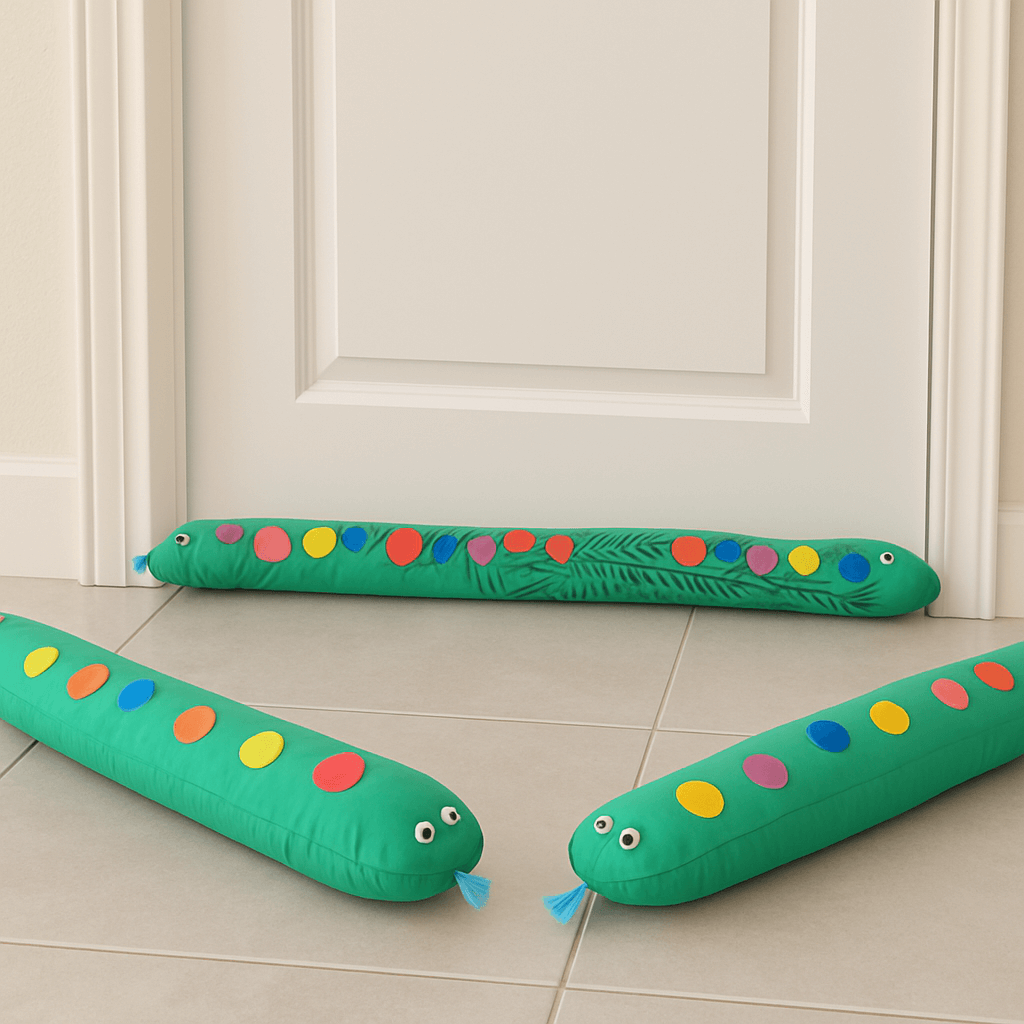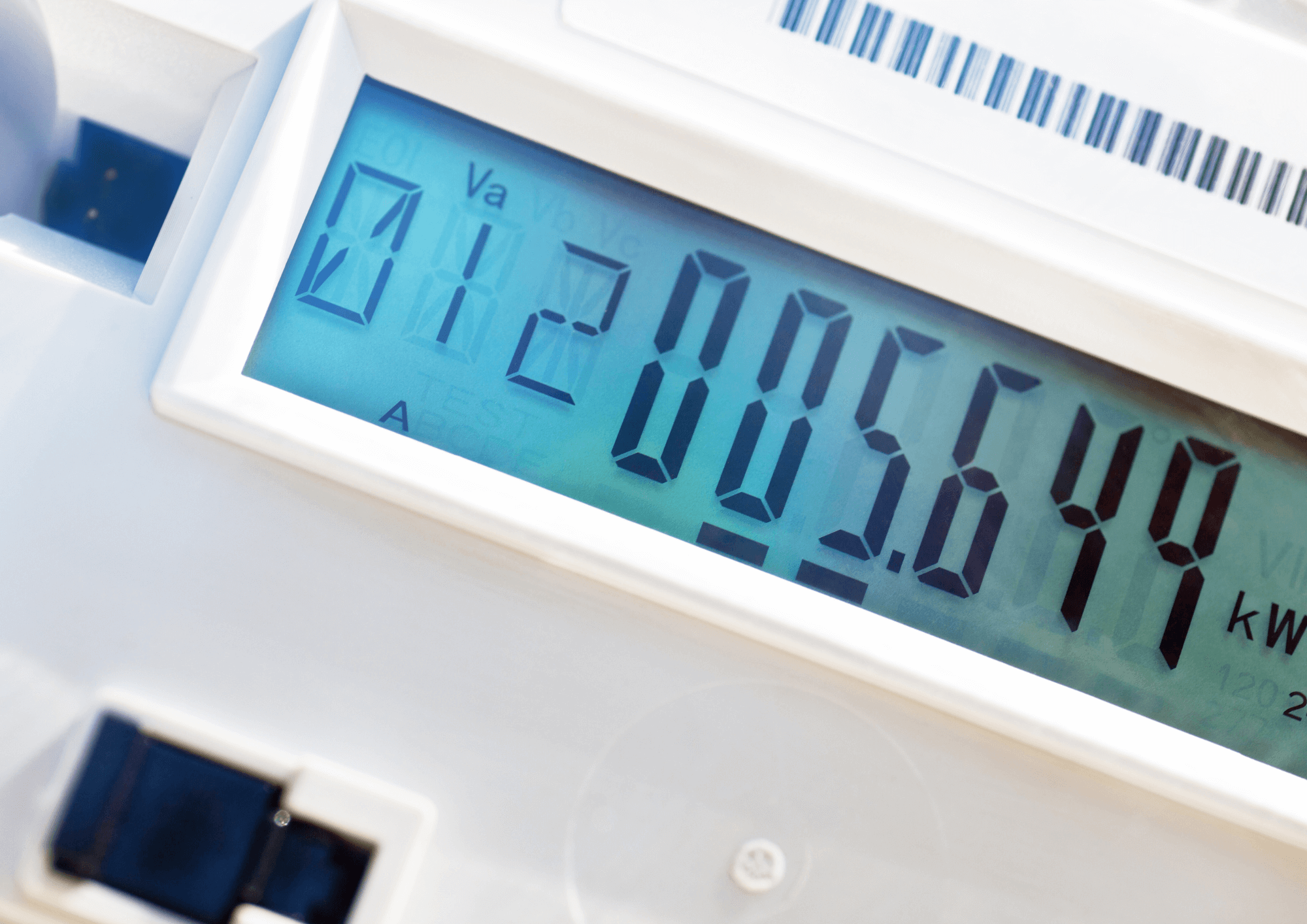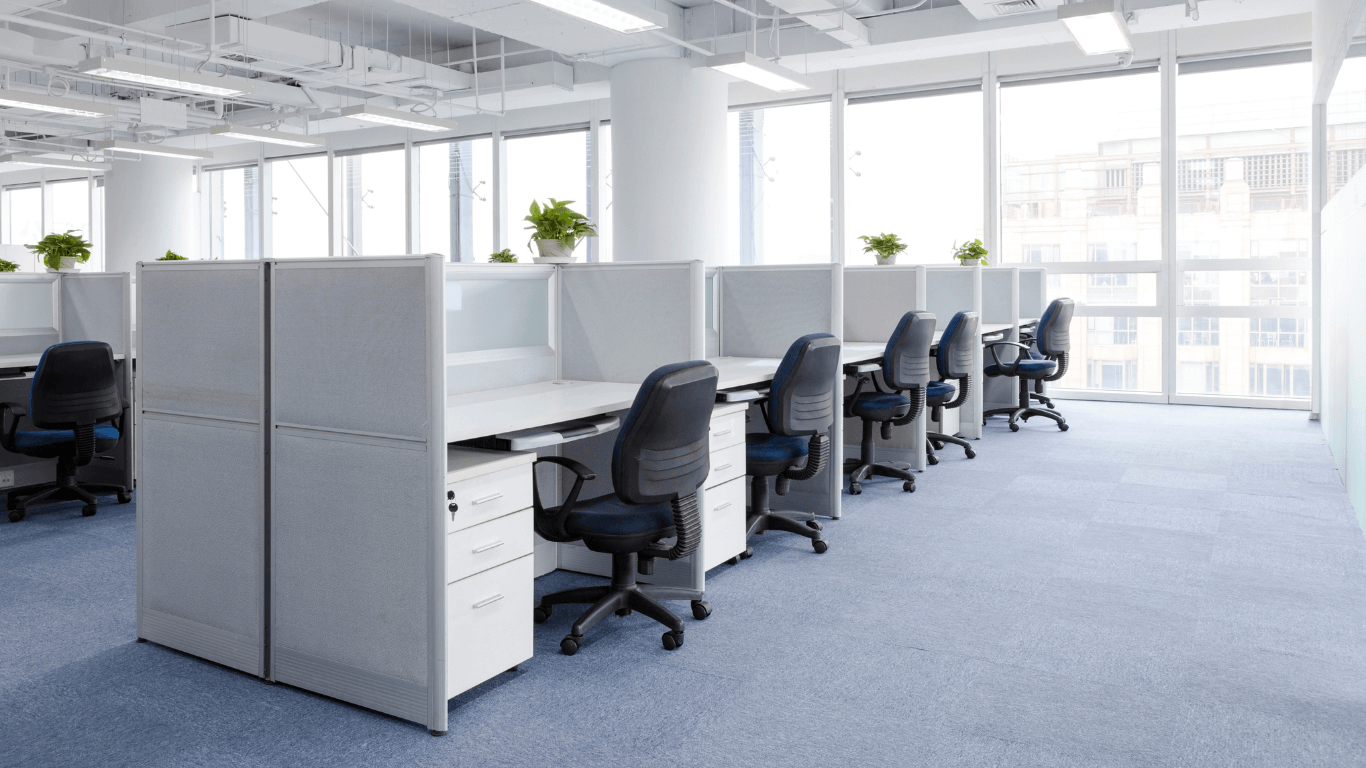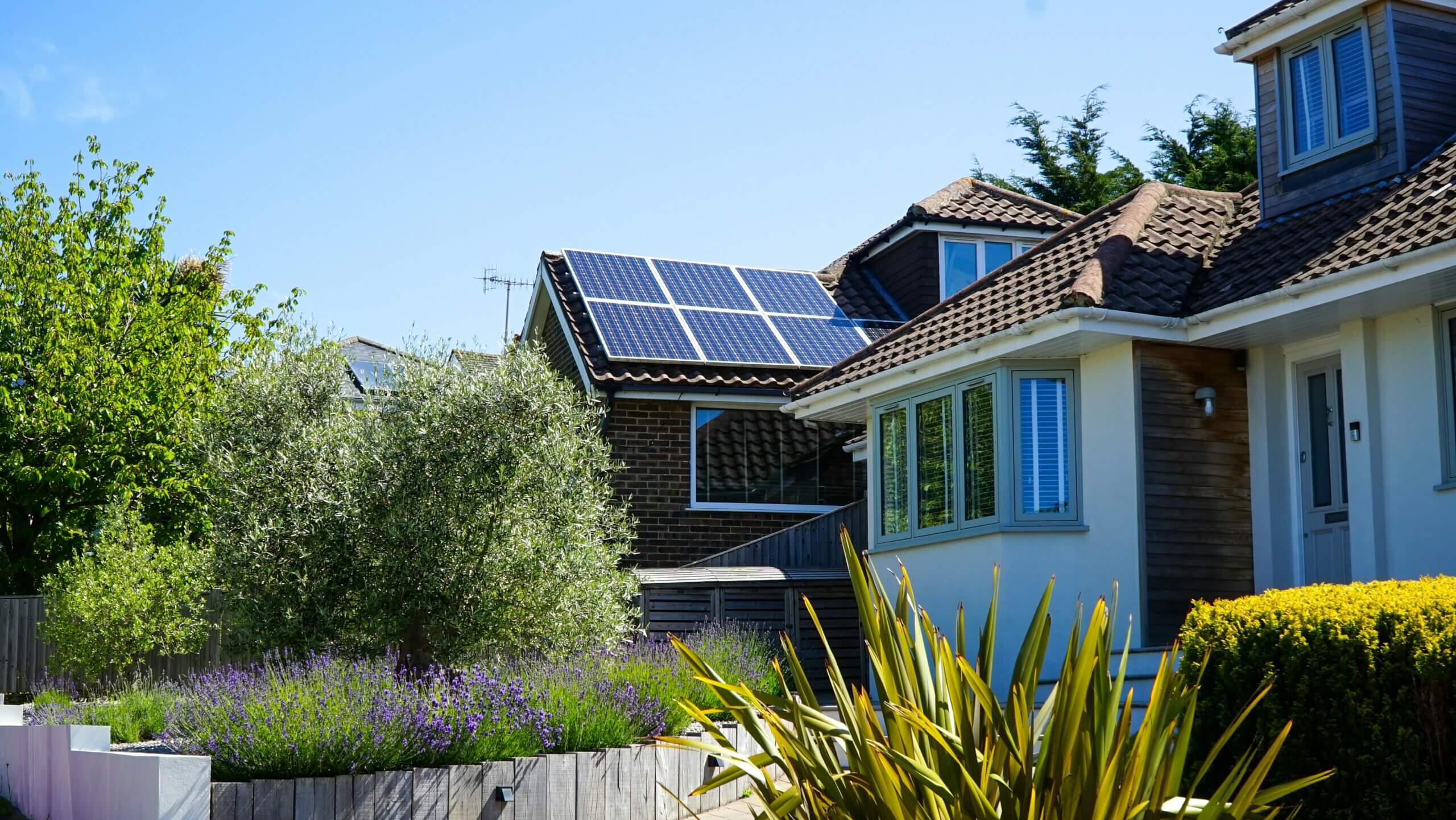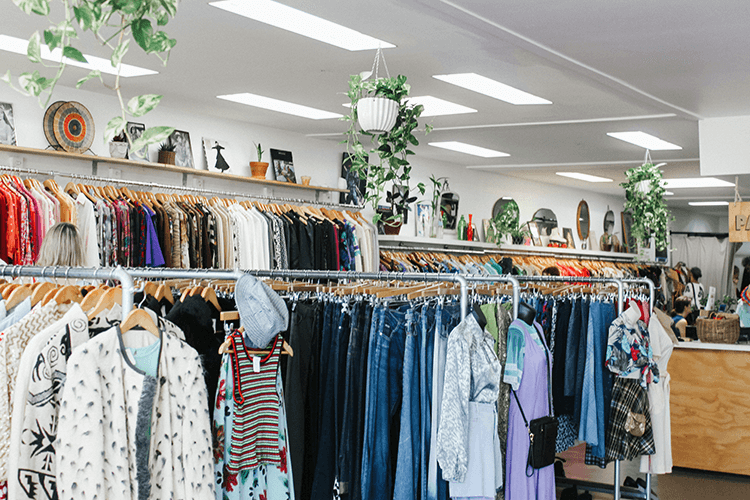SAVE WATER
SAVING WATER AT HOME DURING SUMMER
Want to save water in your home? Nicole Lutze discovers how some simple switches starting with the four big water users can save you both water and money.
For people living on the world’s driest inhabited continent, Australians can be downright blasé about water use, making us one of the greatest per capita water consumers in the world. If you include the water footprint of our food and other consumables, the figure increases tenfold. Compounding the problem of our heavy-handed water use: scientists are predicting an even drier future.
At the time of writing, South East Queensland’s dams are at 71% capacity. Since the floods of February 2022, the dam levels have declined by more than 26% and this downward trajectory is being attributed to climate change.
The Climate Council of Australia says, “Australia’s water security has already been significantly influenced by climate change.” They continue, saying: Southeast Australia (which covers Brisbane) has experienced a 15% decline in late autumn and early winter rainfall, and a 25% decline in average rainfall from April to May over the past two to three decades. Cool-season rainfall is projected to continue decreasing, time in drought will increase, and less water will be available for agriculture and urban water supplies. It’s a scary prospect for a water-wasting nation. But there are ways we can all help out at home.

HOW TO START MINIMISING WATER USE
Establishing a benchmark from which to improve will help motivate you and your family. Start by going over your past water bills, assessing your average use and noticing seasonal trends. Then, it’s time to take stock of the four biggest water users in your house: your washing machine, shower, taps and toilet.
BATHROOMS
Bathrooms and toilets use an estimated 40% of household water, and if you aren’t using water-saving devices, you’re paying for life-giving water to go down the drain.
By swapping your shower head to one with a three-star AAA rating, you can save 11 litres per minute.
Single flush toilets can use up to 12 litres per flush, while a dual flush toilet averages less than four litres saving households between 30,000 to 40,000 litres per year.
If you’re considering renovations or building a new home, choosing a dual flush toilet will minimise your households water use. If you’re stuck with a single flush, a plumber can adjust the flush volume or you can take the DIY approach an insert a plastic bottle filled with water into the cistern.
For extra water-saving points, keep a bucket in your shower and use it to collect cold water while the water warms. The bucket can later be emptied onto plants or used to fill your toilet cistern. If you’re prone to zoning out in the shower, use a timer or set an alarm to keep your showers under four minutes.
WASHING MACHINES
The type of washing machine you use can have a significant impact on your household water use. Generally, front loading washing machines will use less water (as much as 50% less!), less energy, less detergent, and be more gentle on your clothes (helping them to last longer) than top loading machines. However, front loaders will usually cost you a bit more than a top loader, and they can take longer to complete a cycle.
When you’re next in the market for a new machine, check the Water Efficiency Labelling and Standards (WELS) rating on the machine and choose the most water-wise machine you can afford. Many stores will also offer a lay-by service or interest-free payment plan. If you choose the latter, make sure you read all the terms and conditions and pay off the machine before any fees become applicable.
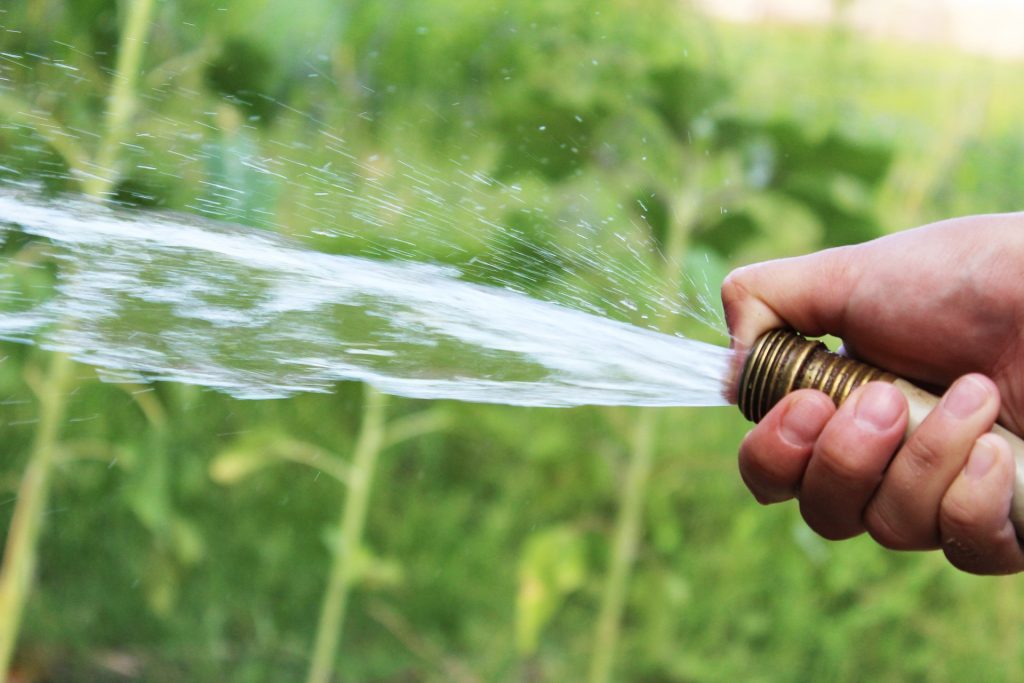
GREYWATER
Greywater is used water that would usually go down the drain, like bath, dish or laundry water. It does not include toilet water which is called black water. Australian households produce an average of 200 litres of greywater each day which can easily be diverted and reused.
The most basic greywater diversion example is placing a bucket in the shower, as previously mentioned. You can also connect a greywater hose to your washing machine outlet and put the other end outside to pump water onto your garden (make sure you use a greywater safe laundry detergent).
Greywater wheelie bins can also be purchased or made, allowing stored greywater to be moved around the garden as required. Or, a Redwater Diverter system diverts the cold waste-water from kitchen or bathroom taps to other areas of your house or garden. None of these techniques requires council approval.
If you decide to install a more permanent greywater system, you will require a plumber and may require Council approval. For more information about Brisbane City Council’s greywater requirements, click here.
RAINWATER TANKS
If you own your own home, installing a rainwater tank is a wise investment. The rainwater can be used outdoors on your garden or for cleaning, or indoors to flush your toilet and wash your clothes.
Most residential rainwater tanks can be installed without Council approval in Brisbane; however, you should check the regulations before purchasing a tank. Tanks start from about $500.
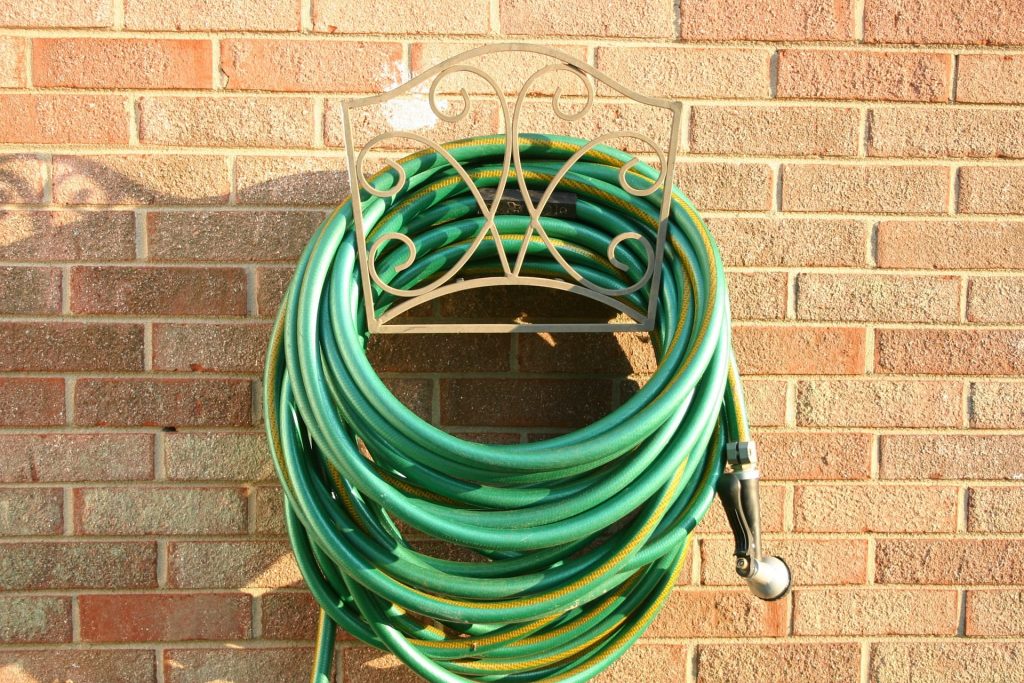
OUTDOOR WATER USE
Australians use 40% or more of their household water outdoors. Planting native gardens, improving the soil condition, mulching and using efficient irrigation systems can all decrease water consumption outdoors. For more information about water-wise gardening, see Claire Bickle’s article here.
For more information about sustainable water use in your home, visit:
- The Australian Government’s Your Home guide to environmentally sustainable homes;
- The Australian Government’s Water Efficiency guide;
- Brisbane City Council’s Water Smart Homes;
- To check for rebates, visit energy.gov.au/rebates.
The author
Nicole Lutz

Nicole is a freelance writer, marketing consultant and copywriter. She’s also the mother of two little people with big personalities. She has a passion for writing stories about sustainable living and loves a good veggie garden (but sadly doesn’t have much of a green thumb).

